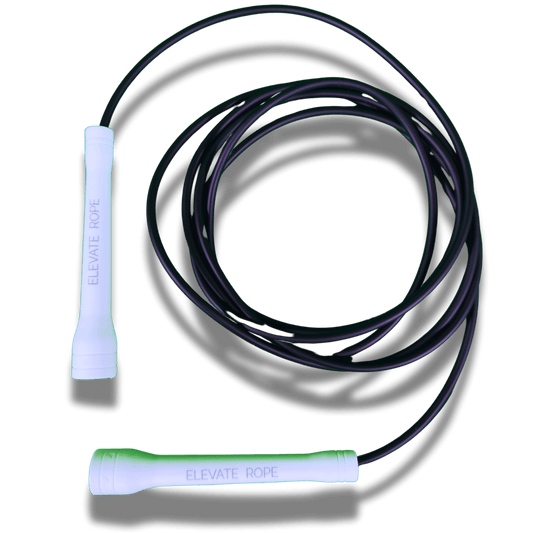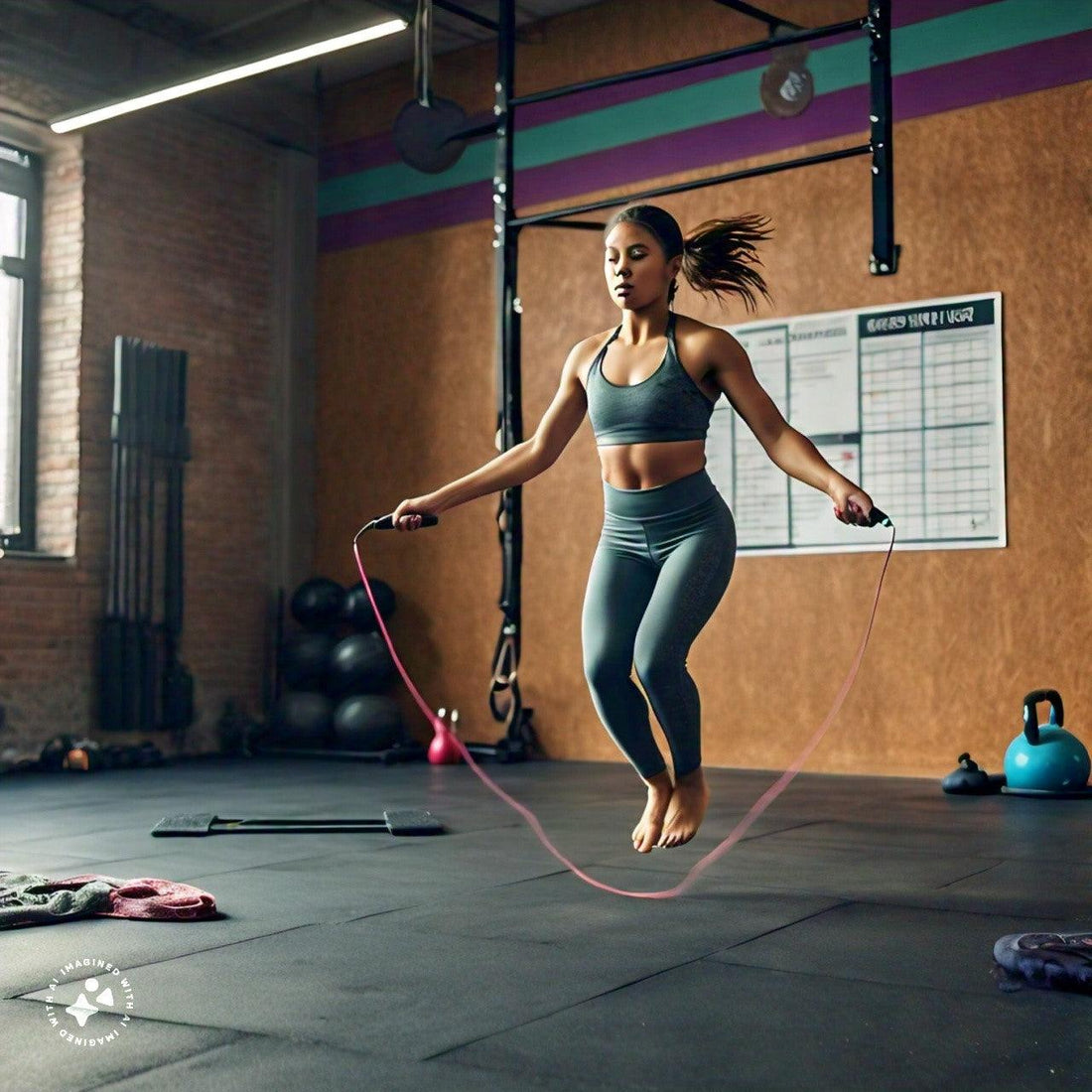Jumping rope barefoot is a timeless and iconic exercise that has been a staple in many fitness routines for decades. This full-body movement boosts cardiovascular health, agility, coordination, and calorie burn. Recently, the trend to jump rope has sparked debate among fitness enthusiasts. Supporters claim it enhances foot strength, balance, and body awareness, while critics warn of potential risks like injury or hygiene issues.
As the discussion around jumping rope barefoot continues, it’s important to separate fact from fiction. This guide explores the pros and cons of barefoot jump rope training and helps you decide whether it fits your routine.
Whether you’re a seasoned athlete or a beginner, learning how to jump rope safely can unlock new levels of balance, control, and connection between your body and the ground.
Key Takeaway
Jump rope training can be a valuable way to improve coordination, balance, and foot strength while reducing impact on the joints. However, it should be approached carefully since barefoot jumping also increases the risk of cuts, bruises, or exposure to bacteria if done on unsafe surfaces.
Understanding the benefits, risks, and safety tips ensures that your barefoot jump rope sessions strengthen your feet without putting your health at risk.
What Are the Benefits of Jumping Rope Barefoot?
Practicing jump rope comes with a variety of fitness advantages that go beyond traditional workouts.
1. Improved Balance and Coordination
Jumping rope barefoot requires greater stability and awareness. Without shoes, your feet and ankles work harder to maintain control. This enhances proprioception — your body’s sense of movement and position. Regularly jumping rope barefoot helps strengthen the small stabilizing muscles in your feet, ankles, and core, improving overall balance and posture.
2. Increased Foot Strength
When you jump rope , the muscles in your arches, toes, and ankles engage more deeply. Over time, this leads to stronger, more resilient feet that provide better support for movement. The barefoot jump rope method can even help prevent flat feet and improve your athletic performance by building natural strength from the ground up.
3. Better Grip and Traction
Training with a barefoot jump rope technique gives you a more natural connection to the surface. Without shoes, your feet grip the floor directly, creating more control and stability. This improved traction reduces slips and helps you perform precise footwork like boxer steps or criss-cross jumps.
4. Reduced Impact on Joints
Jump rope training allows your feet to absorb impact more naturally. Without cushioned shoes, you land softer and engage more muscles with each skip. This reduces heel striking and eases the strain on your knees and hips, promoting a smoother rhythm and lighter movement.
What Are the Risks of Jumping Rope Barefoot?
While jump rope workouts offer major benefits, they also come with some risks that require awareness and preparation.
1. Increased Risk of Injury
Without shoes, your feet are directly exposed to hazards such as rocks, rough ground, or sharp objects. Stepping on debris while jumping rope barefoot can cause cuts or bruises, and training on hard surfaces may lead to soreness or fatigue.
2. Lack of Cushion and Support
Shoes offer cushioning and arch support that protect your feet from repetitive stress. When you jump rope on concrete or hard flooring, your feet absorb more shock, which can lead to discomfort or potential stress injuries if you’re not conditioned for it.
3. Hygiene Concerns
Barefoot jump rope training in public gyms or outdoor areas exposes your feet to bacteria and fungi. Without proper hygiene, this can lead to infections like athlete’s foot or plantar warts. Always clean your feet thoroughly after every barefoot jumping session.
Who Should Jump Rope Barefoot?
Jump rope training is ideal for experienced athletes with strong foot and ankle stability. Those who have already practiced proper technique in shoes and want to increase foot strength can benefit most. If you have solid arch support and good balance, barefoot jumping can elevate your performance and awareness.
Who Should Avoid Jumping Rope Barefoot?
Beginners or people with existing foot issues such as flat feet, plantar fasciitis, or weak arches should avoid jumping rope barefoot until they build up proper strength. Those who train on rough or dirty surfaces should also wear shoes to prevent injury or infection.
Tips for Safe Jump Rope Barefoot Training
To enjoy jump rope safely:
- Start slow and increase duration gradually.
- Use soft surfaces like mats or grass.
- Warm up your feet with mobility drills.
- Keep feet clean and dry post-workout.
- Inspect your surface for debris before you start.
These precautions help ensure your barefoot jump workouts are safe, effective, and enjoyable.
Conclusion
Jump rope training can improve balance, coordination, and natural foot strength while enhancing mind-body awareness. However, it’s crucial to transition gradually and practice on safe, clean surfaces.
If you’re experienced and mindful of technique, barefoot jumping can be a powerful way to reconnect with your body’s natural movement. But if you’re new or prone to injuries, begin with supportive shoes and progress toward jumping rope once your feet are ready.
Enjoy this Article? You May Also Like:
- Jump Rope and Knee Pain: Does Jump Rope Hurt Your Knees? Here’s the Truth
- Top Tips for Launching Health and Wellness Ventures
- Unlocking Strength and Muscle-Building Potential with Creatine Supplements
- Traveling and Mental Health: Here’s How Traveling Can Improve Your Mental Health
- Gym Wear: 7 Reasons Why What You Wear in the Gym Matters














